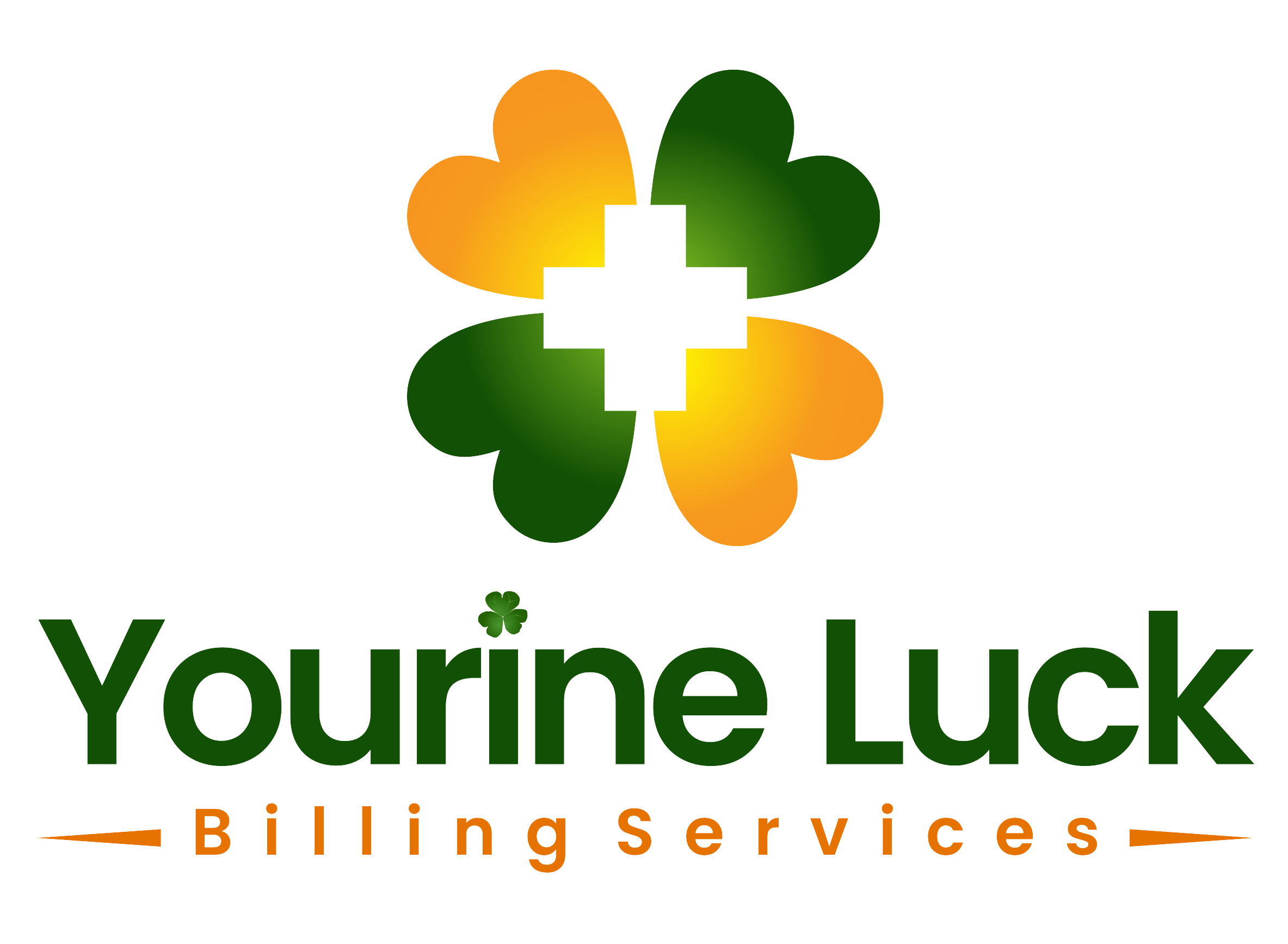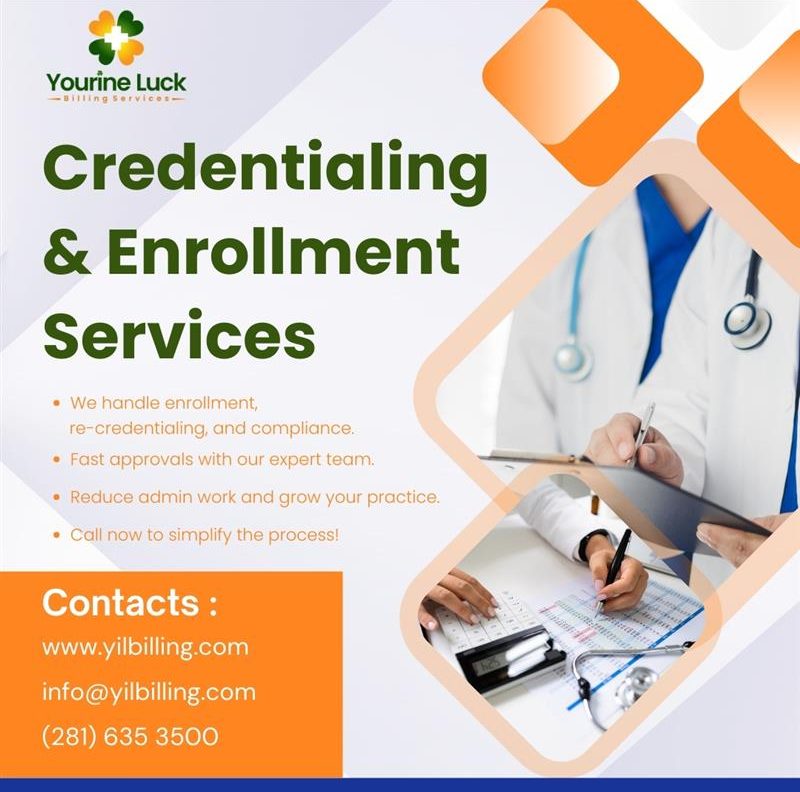Medical credentialing and enrollment are essential processes for healthcare providers looking to participate in Medicare, Medicaid, and private insurance networks. These processes ensure that providers meet specific qualifications, comply with industry regulations, and can receive repayments for services rendered. This blog will provide a detailed overview of medical credentialing, provider enrollment, and the importance of these services in the healthcare industry. For expert assistance with medical credentialing and enrollment, visit yilbilling.com to streamline the process and ensure compliance with industry standards.
Understanding Medical Credentialing
Medical credentialing is the process of verifying a healthcare provider qualifications, including education, training, experience, and licensure. Insurance companies, hospitals, and healthcare organizations use credentialing to assess whether a provider meets the necessary standards to offer medical services.
Key Aspects of Credentialing:
- Verification of Medical Licenses
- Assessment of Work History and Experience
- Validation of Board Certifications
- Review of Malpractice History and Background Checks
- Approval from Insurance Networks and Government Programs
Provider Enrollment in Medicare and Medicaid
Provider enrollment is the process by which healthcare professionals and organizations apply for participation in insurance programs, including Medicare and Medicaid. Without proper enrollment, providers cannot bill these programs for services.
Steps in Medicare Provider Enrollment:
- Obtain an NPI Number: The National Provider Identifier (NPI) number is a unique 10-digit code required for billing Medicare.
- Complete Medicare Provider Application Forms: Providers must submit applications such as CMS 855I for individual practitioners or CMS 855B for group practices.
- Register with PECOS: The Provider Enrollment, Chain, and Ownership System (PECOS) is an online system for managing Medicare enrollment.
- Undergo a Site Visit: CMS may conduct an on-site verification as part of the enrollment process.
- Receive Medicare Certification: Once approved, providers receive their Medicare provider number and can begin billing for services.
Medicaid Provider Enrollment:
- Similar to Medicare, Medicaid requires providers to apply through state-specific enrollment portals.
- Providers must undergo background checks and comply with Medicaid regulations.
- Medicaid provider number lookup tools are available for verification.
How Long Does Credentialing Take?
The credentialing process varies based on provider type, insurance networks, and state regulations. The timeframe for completion can range from 30 to 120 days. Key factors influencing credentialing duration include:
- Completeness of the application
- Background check results
- Verification of references and work history
- Response times from state agencies and insurance companies
Credentialing for Physician Assistants and Nurse Practitioners
Healthcare professionals such as physician assistants (PAs) and nurse practitioners (NPs) must also undergo credentialing. Specific considerations include:
- Medicare and Medicaid enrollment requirements for PAs and NPs
- Billing for physician assistants (e.g., AAPC billing guidelines)
- Determining whether a PA can be a primary care provider under Medicare
Insurance Credentialing and CAQH
Credentialing with private insurance companies involves additional steps, including:
- Registering with CAQH (Council for Affordable Quality Healthcare)
- Submitting credentialing applications to major insurers such as UnitedHealthcare, Aetna, and Blue Cross Blue Shield
- Completing re-credentialing every 2-3 years
The Role of Medicare Administrative Contractors (MACs)
Medicare relies on Medicare Administrative Contractors (MACs) to process claims, manage provider enrollment, and conduct audits. Each state is assigned a specific MAC, which providers must contact for enrollment and credentialing inquiries.
Common MAC-Related Services:
- Medicare provider number lookup
- Pecos enrollment verification
- CMS site visit checklist
- Medicare reassignment of benefits
Out-of-Country Provider Credentialing
Providers outside the U.S. seeking to credential with Medicare or Medicaid face additional challenges, including:
- Compliance with U.S. healthcare standards
- Verification of international medical credentials
- Approval through specialized government processes
Ensuring Compliance and Avoiding Common Pitfalls
To maintain compliance and avoid credentialing delays, providers should:
- Keep all licensure and certifications up to date
- Respond promptly to requests for additional documentation
- Regularly check enrollment status via PECOS lookup tools
- Stay informed about Medicare news updates and policy changes
Conclusion
Medical credentialing is a crucial process for healthcare providers to maintain compliance, credibility, and seamless reimbursement from insurance companies. Ensuring proper credentialing can help medical professionals focus on providing quality care while avoiding administrative setbacks. If you are looking for expert medical credentialing services, yilbilling.com offers reliable and efficient solutions to streamline the process. Visit our website to learn more about how we can assist you in simplifying your credentialing needs


